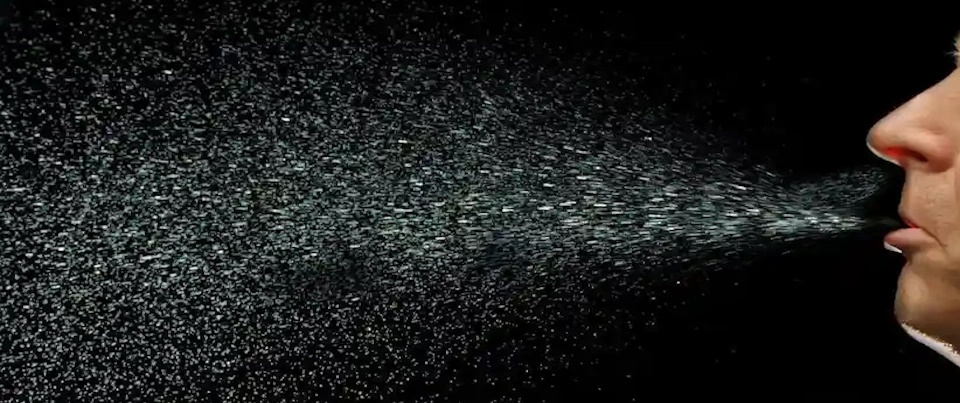Celebrate with a sneeze
Hayfever
Hayfever usually peaks when grass and weed pollen is high, that is, in July and August. It is a great
descriptive term, yet the cause of the symptoms is not usually hay
and it is not a fever.
Microscopic spores and pollens dance on the
air, and with each in breath they intrude on our bodies. And if you
react to one pollen, allergic responses to other fruits and
vegetables may be stimulated. This is called cross reaction. There
is a great play on words here. Not only is the reaction a-cross
species of plants, but it is also often quite angry. Sensitive
cells, affected by these foreigners, swell and respond with itchiness
and mucus, trying to repel the invaders.

For many springtime and
harvest season bestow running nose, red itching eyes and prolonged
repeated sneezing. Oddly involuntary sneezing is not only brought on
by allergic responses. Bright light causes some to sneeze.
In Ireland it is said that a sneeze indicates that you are about to argue with someone. To prevent the fight you must ask someone to slap the back of your hand and then slap them back. The addition of saying 'Dia linn', God be with us, also helps.
From Lore of Certain Days - Duchas Schools Collection
Sneeze on Monday, sneeze for danger,
Sneeze on Tuesday, meet a stranger.
Sneeze on Wednesday, sneeze for a letter,
Sneeze on Thursday, sneeze for the better.
Sneeze on Friday, sneeze for sorrow.
Sneeze on Saturday, see your sweet heart tomorrow.
Cailleach
There are great legends told
about sneezing. In many parts of Ireland a witch dwells on a high
crag. She is a crone, a cailleach, an old one. Each night she sets
a magical light at the summit of her mountain home, which can be
seen for many many miles. Some call it the Rock of the Candle. Woe
betide anyone who sees its luminous beams, for within twelve months
they will die. They will start a fatal fit of sneezing and they will
never stop. So:
Lock your door.
Stay safe within at night.
Never look upon the
cailleach's light.
Except in many versions of
the tale you can now look upon the deadly lamp. For who else but St.
Patrick passed by one evening. Asking why all the doors and windows
are closed, and strangers not welcomed after dark, he is told of the
dreadful fate that would befall the fool who opened a door and
witnessed the light. Patrick sees a challenge he cannot resist.
'Open all the doors and
windows' he says 'for I will finish this enchantment.'
So the doors are opened,
Patrick stands with his Book open in his hands. The light duly
shines out and a woman, nearby, sneezes.
'God bless us', says
Patrick, trusting that no harm would come to the sufferer.
The light shines again, and
the distressed woman sneezes.
'God be with us' the saint
intones, and on the third sneeze 'God and Mary be with us'.
No one has died from
sneezing since!
Well some say it was a
wizard or a Druid not a Crone, or maybe an evil being or monster.
And some say it was Brigid not Patrick. And if it was Brigid you
held a cross of rushes between yourself and the fire.
And some say that Patrick climbed the mountain with a boy, and at the top they saw a crowd of people and the old woman tending the fire.
'God and Mary
be with us' says the saint. And the woman is turned into a heap of
black beetles and is destroyed in her own flames.
Or they are
standing by a rock in which dwells a fierce-some serpent, and that is
the source of the light. With the blessing of the sneezes the
serpent is defeated and the rock splits into three.
Enlightenment
There
is an upside to all this sneezing – a teaching from Tibetan
Buddhism. Followers believe that within the moment of the sneeze, of
the violent exhalation, of the fierce out-breath, is an instant of
revelation, of 'clear consciousness'. At this moment comes
enlightenment and wisdom.





